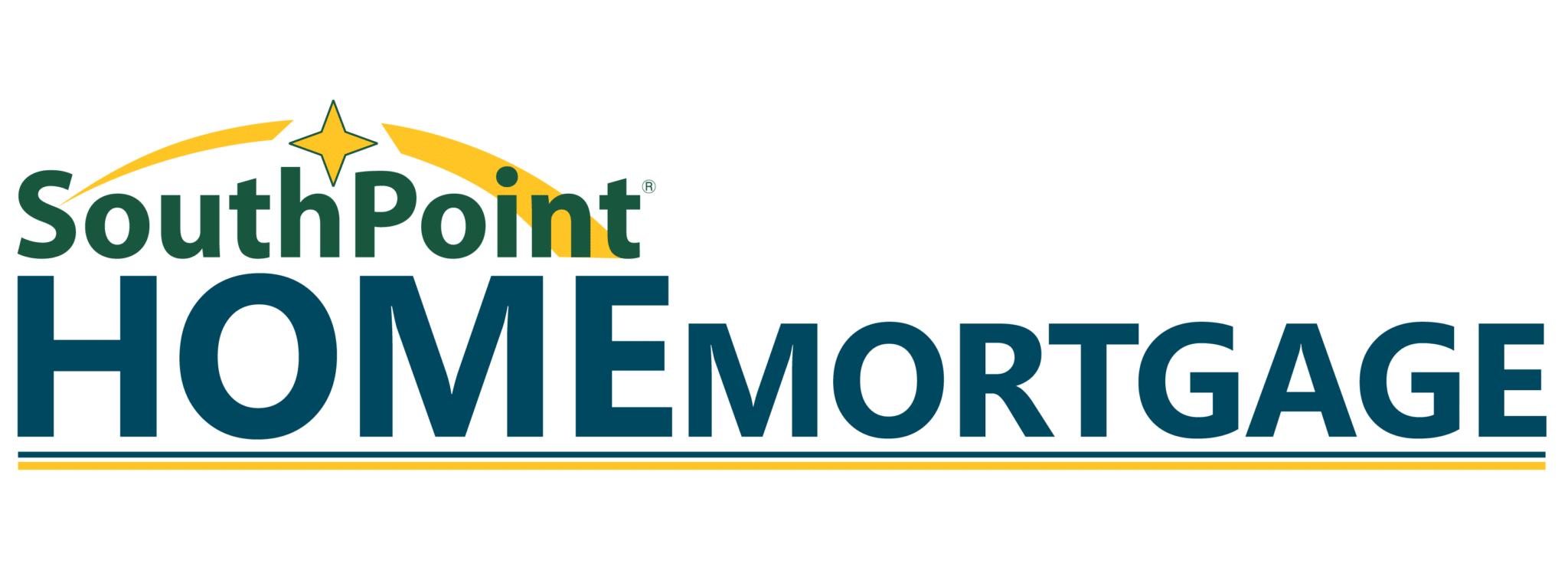If you’re desperate to own a home of your own, you are likely saving up until you have 20% of your dream home’s total value.
All that’s great, but the fact is you don’t need to put down 20%.
The 20% myth is leftover from the era after the housing crisis, when many lenders tightened their lending parameters for a while. In fact, since FHA loans were introduced in 1934, mortgages have not required putting 20% down.
Let’s explore loan options that don’t require 20% down and take a deeper look at the pros and cons of making a smaller down payment.
Loan options
These are your government-backed loan options:
- FHA mortgage: This loan, aimed at helping first-time home buyers, requires putting down as little as 3.5%.
- VA mortgage: VA mortgages are the most forgiving, but are strictly for current and former military members. They require zero down and don’t necessitate mortgage insurance.
- USDA home loans: These loans also require zero down, but eligibility is location-based. Qualifying homes must be in sparsely-populated areas.
For conventional loans, you can choose from the following:
- 3% down mortgage: Many lenders will require putting as little as 3% down. Some even offer reduced mortgage insurance on these loans, with no income limits or first-time buyer requirements.
- 5% down mortgage: Lots of lenders accept a 5% down payment. However, most require the buyer to have a FICO score of 680 or higher.
- 10% down mortgage: Most lenders will accept a 10% down payment, even with a less-than-ideal credit score.
Each of these loans requires income eligibility and most necessitate paying for PMI, or private mortgage insurance. However, there are ways that PMI can benefit the buyer as well.
Why make a smaller payment?
Are you waiting until you’ve saved 20% to put down? You might want to reconsider. In the time it takes you to save, home prices may rise significantly. Rates may go up as well.
Other benefits of a smaller down payment include:
- Conserve cash: You’ll have more money available to invest and save.
- Pay off debt: Many lenders recommend paying down credit card debt before purchasing a home. This will improve your credit score and help you land a better mortgage rate.
- Build an emergency fund: As a homeowner, having a well-stocked emergency fund is crucial.
Cons of smaller down payments
- Mortgage insurance: PMI is an extra monthly expense.
- Potentially higher mortgage rates: If you’re taking out a conventional loan with a smaller down payment, you’ll have a higher mortgage rate.
- Less equity: A smaller down payment means having less equity in your home.
Before house-hunting, be sure you can afford to own a home. Ideally, your total monthly housing costs should amount to less than 28% of your monthly gross income.
Ready to buy your dream home? Call, click or stop by SouthPoint Home Mortgage today to learn about our fantastic mortgage rates!
